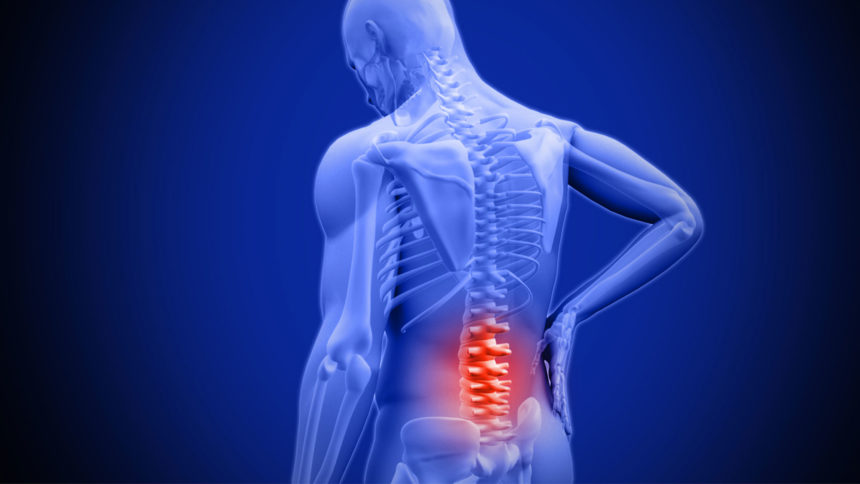
New research has unlocked insights into how low back pain, a common musculoskeletal disorder, can have detrimental effects on the overall health and well-being of older adults.
The 12-month longitudinal study investigated clinical care and predictors of disability for older adults with low back pain, or LBP, and identified strategies to limit the negative effects that LBP has on older adults.
The findings revealed that older adults, particularly those aged more than 65 years, are at high risk of developing chronic low back pain. If left untreated, the consequences can include reduced physical capabilities, loss of independence, social isolation and restricted mobility that could cause disability.
The research also showed that older adults with chronic LBP experience significantly greater cognitive declines in areas such as long-term memory, attention, processing speed and executive function compared with those without back pain.
For older women specifically, the study found that those with spinal pain have remarkably poorer health status, lower physical and mental quality of life scores, as well as decreased functional ability, than women without spinal pain. They also have an increased risk of multiple chronic diseases such as diabetes, heart disease, lung disease, mental health disorders and obesity.
Despite the severe effects, the research suggests that current treatment for low back pain in the majority of older adults conflicts with recommended conservative care approaches. For example, exercise often is underused, and medications are overprescribed, potentially leading to adverse effects.
Supporting the relevance of conservative care recommendations, such as exercise, the review authors cited the World Health Organization guideline for nonsurgical management of chronic primary low back pain in adults in primary and community care settings. In the right situation, WHO suggests, spinal manipulation, a technique used in chiropractic care, is an effective intervention for managing chronic low back pain in older adults. Additionally, exercise programs tailored to older individuals who have back pain and other health conditions have been shown to increase functional capacity and aerobic stamina; reduce depression, anxiety and frailty; and improve overall quality of life.
As the population ages, the researchers concluded, addressing chronic LBP through recommended conservative approaches, such as those recommended by the WHO, could facilitate healthy aging and ensure that older adults maintain their physical and cognitive well-being.




